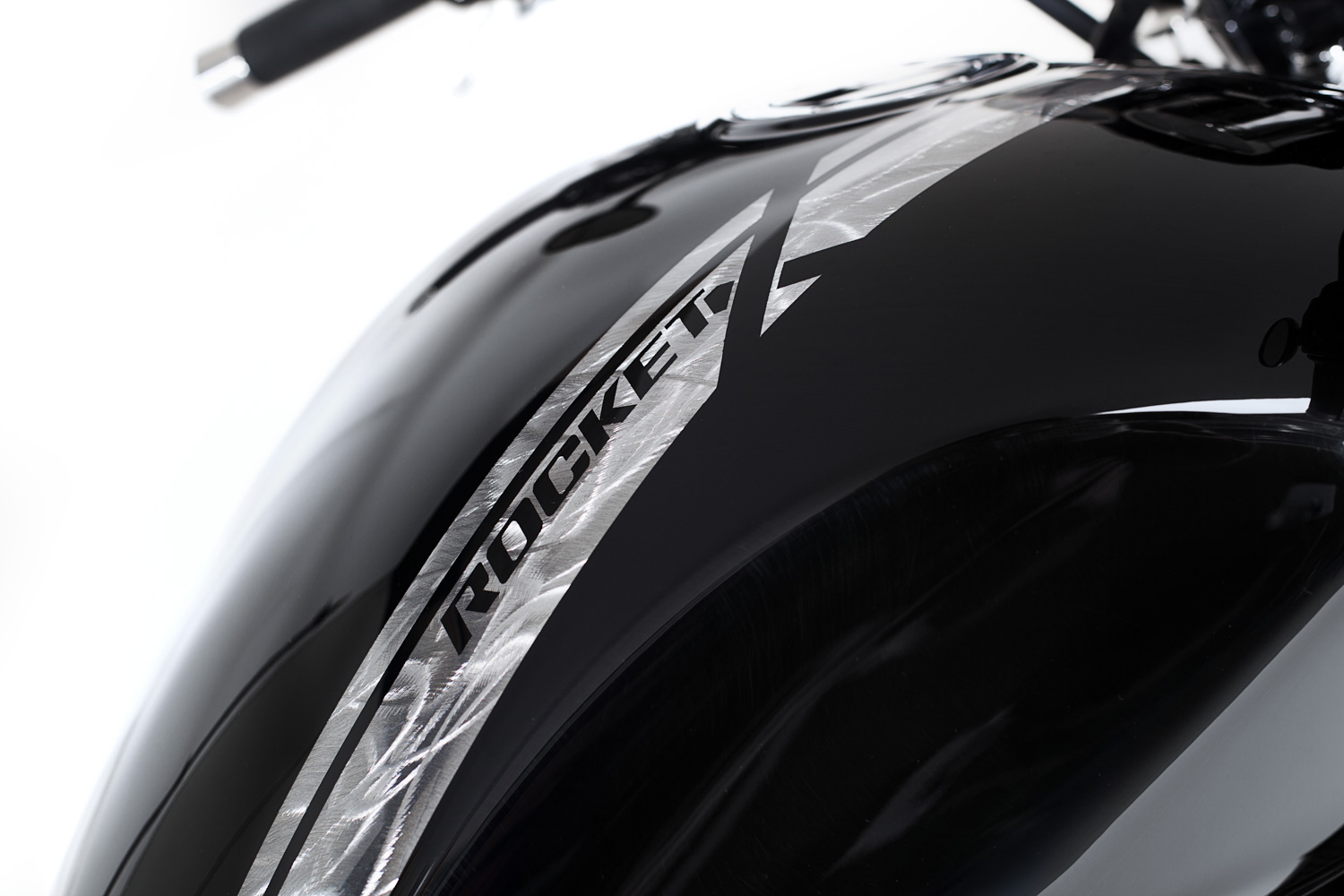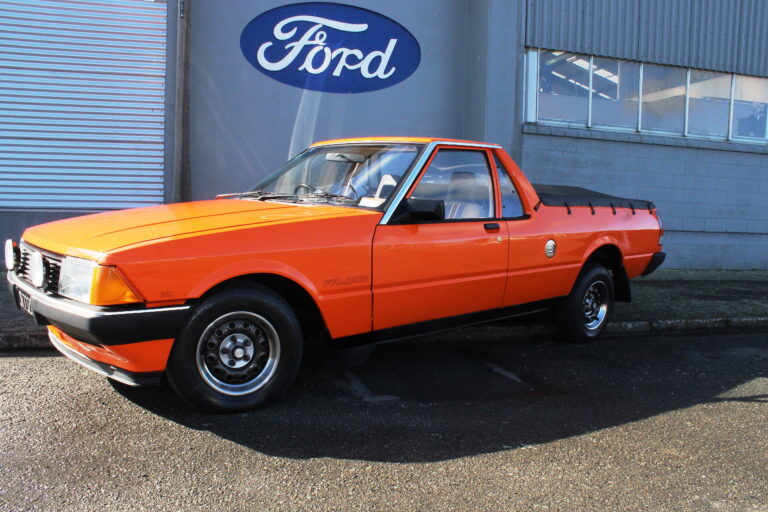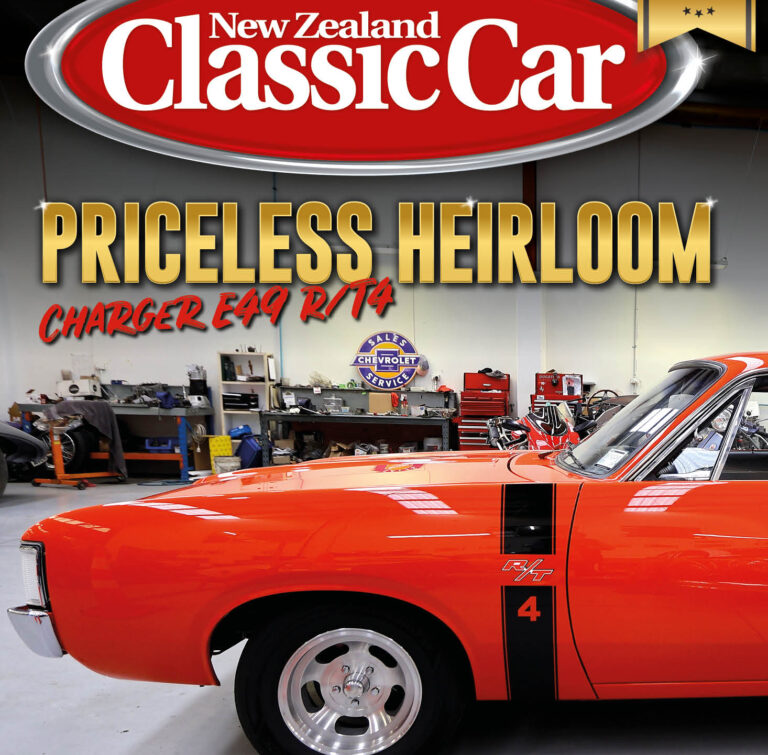For well over a century, Triumph has defined ‘iron fist in a velvet glove’ motorcycling — the British, gentlemanly motorbikes contrasting with their brutal, street-thug engines. Texan racer Johnny Allen’s 1956 achievement, hitting an average speed of 214.17mph in a Triumph-powered streamliner, remains to this day one of Triumph’s defining moments in history. The ‘world’s fastest motorcycle’ came through again in 1969, at the Isle of Man Production TT — Malcolm Uphill piloted his Triumph Bonneville to the first-ever Isle of Man lap at speeds in excess of 100mph.

So, how are Triumph faring well into the 21st century? The current Triumph line-up is broad, catering to just about every taste in motorcycle. From their stable, the Rocket III is the king of the jungle in this respect, powered by its giant 2.3-litre, three-cylinder engine, and is celebrating 10 years as the world’s largest-displacement motorcycle in mass production.
That fuel-injected 2.3-litre Triumph Triple is a far cry from the simple power plants of old, boasting double overhead cams, twin-butterfly throttle bodies, and a raft of sensors working with the cutting-edge ECU to actively tailor the torque curve to the gear ratio selected. The mighty engine delivers 163lb·ft of torque as low as 2750rpm, providing sublime acceleration at just about any speed in any gear, always accompanied by the Triumph Triple’s aggressive signature snarl.

To commemorate the Rocket III’s biggest and baddest milestone, Triumph has released a limited run of 500 Rocket X motorcycles. The 2.3-litre engine is obligatory, and the Rocket X also wears a host of aesthetic additions asserting its street dominance. Its paint finish is in a high-gloss jet black against patterned grind-effect stripes, courtesy of premium custom paint specialists 8 Ball. Fittingly, the exhaust has also been blacked out, as have various necessities such as the handlebars, mirrors, and levers.

Triumph has positioned the Rocket X as a perfect middle ground between a cruiser and all-out sports bike, without compromising on either counts. It’s fast, raw, and can see itself around a corner, but does not sacrifice on comfort and refinement — it also looks bloody good to boot. The Triumph Rocket X has an on-sale date later this year, to be confirmed soon.


